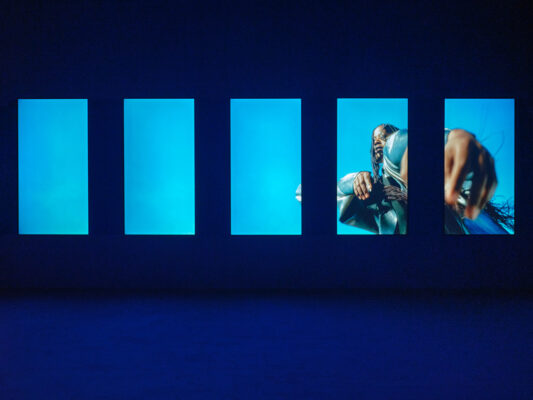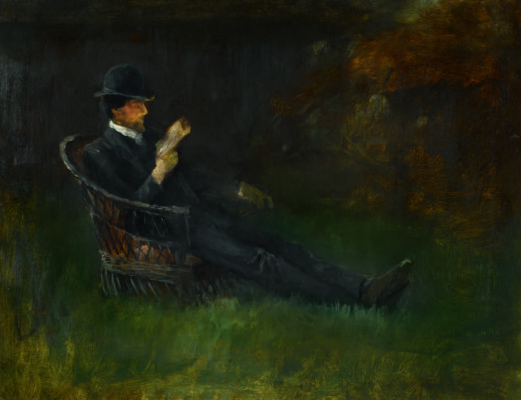
To mark the 150th anniversary of his birth, we are pleased to present Encounters with Jack B. Yeats a series of Podcasts and Radio Plays that explore Yeats’ work through a contemporary lens.
The six-episode series, which is kindly funded by the Decade of Centenaries Programme (2013-2023), launches on Wednesday 6 October and runs weekly thereafter.
The series features rediscovered original audio of Yeats in conversation with curator Thomas MacGreevy; reenacted source material by Yeats’ peer, the writer and activist Dorothy Macardle; alongside contemporary responses by artists Ruth Clinton & Niamh Moriarty; Seamus Harahan & Owen Kilfeather; theatre practitioner Isabel Claffey; and actors, Peter Broderick, Ultan Burke, Bob Kelly, Ciarán McCauley and Yuji Shimobayashi.
The music for the soundtrack, 'no man's land' was composed by Karen Power.
The series is curated by The Model's Artistic Director, Emer McGarry and writer-researcher, Lara Byrne.
Funded by the Decade of Centenaries Programme (2013-2023)
Episodes
Supporters












